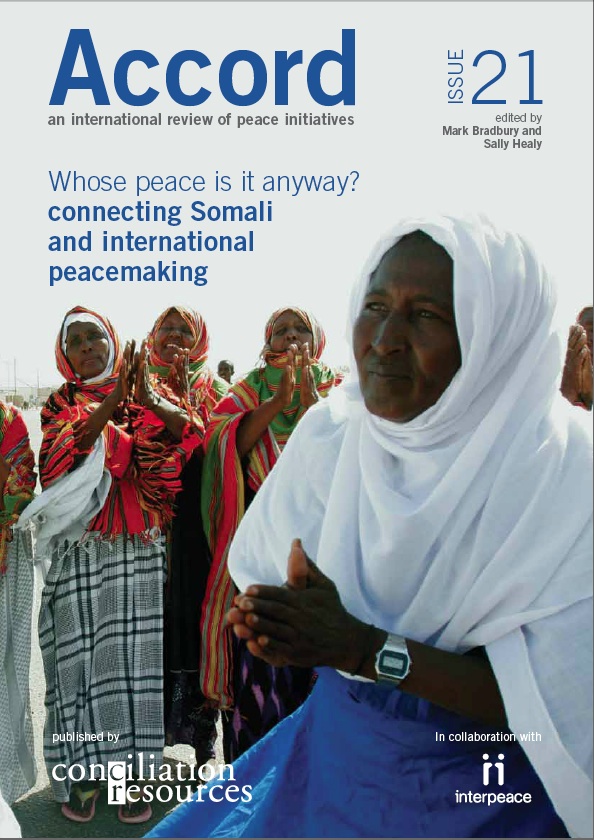Equitable management of resources When humanitarian organisations decided to be based in Wajid district in 2002, the local authorities took precautionary steps to safeguard them and to avoid any internal conflicts. They agreed a set of ground rules to ensure an equitable spread of benefits. These included the fair regulation of rents, staff recruitment and tendering, all of which had potential to fuel hostilities between clans.
Special arrangements were agreed for airport security and Wajid’s District Committee took responsibility for the distribution of aid. This was carried out at the local level by the community elders and other stakeholders. Such arrangements produced a positive correlation between security and resources. It allowed the Wajid community to use security as a positive resource and to host whoever wanted to invest and work in the district, with corresponding benefits to the local community.
Community ownership Responsibility was delegated to the district committee, with final decisions taken consultatively. This demonstrated to locals the community ownership of the district authority and appears to have encouraged all concerned to put aside personal interests and follow whatever seemed to be in the public interest for the Wajid.
Participatory decision-making Extensive consultation has also helped to consolidate peace in Wajid district. Whenever a concrete decision was needed to move ahead – particularly for security – the practice was to consult all levels of the community, especially the elders and business people.
All the district committee members and the community elders would sign final decisions, which meant that it was much harder for spoilers to criticise them. In the case of local security, there was a time when all the community elders and district committee members sat together and signed a clan-based agreement that authorised the killing of militias who put roadblocks in the area and no one could claim diya (blood compensation).
Wajid now falls within the area of control of Al Shabaab forces in south central Somalia, its eighth administration since 1991.
The author is a Somali writer. Author’s identity withheld.

